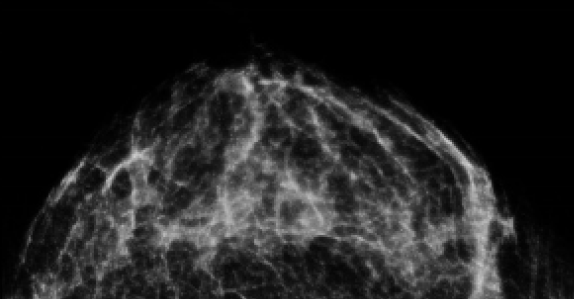Image Quality Optimization in Breast Digital Radiography Vs. Patient Dose
Abstract
There is still not in-depth knowledge of image quality with respect to the dose, that can be obtained using “Computed Radiography” (CR). Toward this aim the present work was focused on. Digital mammography images obtained from an anthropomorphic phantom were analyzed. The current of the X-ray tube and the acquisition time as well as the energy of the X-ray beam were varied and the influence of these variations on the mean glandular dose and image quality were analyzed. Mathematical metrics like signal-to-noise-ratio, image contrast, contrast-to-noise ratio, structural similarity index, spectral distance and mean squared error were used to grade image quality. Subjective image quality analysis, using the criteria of expert observers, was also included and the doses were estimated from measures done with an ionization chamber. An optimized protocol was obtained which reduced the mean glandular dose significantly while a good image quality was maintained.

This work is licensed under the Creative Commons Attribution-NonCommercial 4.0 International (CC BY-NC 4.0) license.








